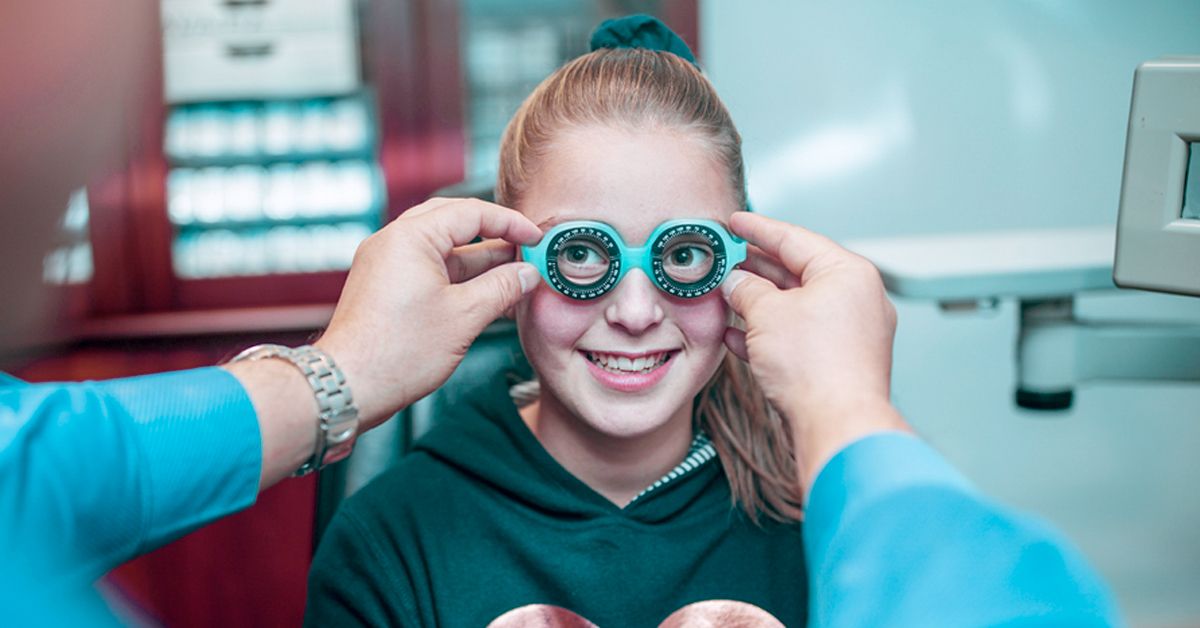Experience Personalized Care with Opticore Optometry in Chino
Experience Personalized Care with Opticore Optometry in Chino
Blog Article
Exploring the most recent Technological Developments in Optometry and What They Mean for Optometrists
In the ever-evolving area of optometry, recent technical innovations are improving how practitioners come close to eye care. From the accuracy of Optical Coherence Tomography to the nuanced understandings used by AI-driven diagnostic devices, these innovations are establishing new criteria in client evaluation and therapy. Teleoptometry is poised to redefine accessibility, ensuring that proficiency transcends geographical constraints. As these developments penetrate the method, eye doctors are confronted with the difficulty of embracing these tools to boost client end results. Yet, the question stays: just how will these technological shifts redefine the functions and responsibilities within the occupation?
Developments in Diagnostic Equipment
Progressing the field of optometry, developments in diagnostic devices have actually reinvented the method eye care specialists examine and identify ocular problems and visual impairments. The previous decade has observed substantial technological advancements, enabling even more thorough and exact evaluations.
Another secret innovation is the intro of innovative corneal topography systems, which map the surface curvature of the cornea with accuracy. These devices are particularly valuable for fitting call lenses and diagnosing corneal conditions. Digital retinal imaging has actually changed traditional ophthalmoscopy, providing in-depth, breathtaking views of the retina that help with complete visual exams.
The development of wavefront aberrometry has likewise been critical, enabling the analysis of refractive errors with unrivaled accuracy (Opticore Optometry). This modern technology aids in tailoring corrective lenses and enhancing surgical outcomes for refractive surgeries. Collectively, these diagnostic developments equip optometrists to provide remarkable individual treatment, making sure very early treatment and tailored treatment techniques, inevitably enhancing visual health and wellness end results
AI in Individual Monitoring
Structure on the foundation of cutting-edge diagnostic tools, the consolidation of man-made knowledge (AI) in client management represents a transformative jump for optometry. AI systems are significantly utilized to enhance efficiency, precision, and customization in individual care. By analyzing substantial quantities of data, AI can identify patterns and forecast possible ocular problems, making it possible for optometrists to customize interventions much more efficiently. This capability is essential in managing persistent eye illness such as glaucoma and diabetic retinopathy, where very early detection and continuous surveillance are vital.
In addition, AI-driven systems facilitate streamlined person communications and administrative procedures. Automated scheduling, digital assessments, and individualized follow-up plans not just improve individual fulfillment but likewise maximize time management for professionals. These systems can triage patients based on the necessity of their conditions, making sure that those in critical requirement obtain prompt interest.
In addition, AI improves decision-making by supplying eye doctors with evidence-based suggestions and treatment pathways. By incorporating information from digital health records, AI devices offer insights that notify scientific choices, decreasing the danger of mistakes and boosting patient outcomes. As AI remains to progress, its duty in patient management will likely expand, reshaping the landscape of optometric treatment.
Advances in Retinal Imaging
In the realm of optometry, retinal imaging has witnessed remarkable technical innovations that are boosting diagnostic capabilities and patient treatment. Innovations such as Optical Comprehensibility Tomography (OCT) and fundus digital photography have revolutionized just how eye doctors assess the retina and envision.
Improved imaging modalities like OCT angiography official site are more refining analysis precision. This non-invasive method maps blood flow in the retina, offering critical understandings into vascular wellness without the requirement for dye shots. Additionally, flexible optics innovation is being incorporated into retinal imaging systems to correct eye aberrations, delivering extraordinary picture quality. Such advancements help with the identification of minute retinal adjustments that could indicate disease development.
In addition, developments in fabricated intelligence are increasing retinal imaging by making it possible for automatic analysis of big datasets. These systems aid eye doctors in identifying patterns a sign of pathology, therefore enhancing diagnostic accuracy and efficiency. Jointly, these technologies are transforming retinal imaging into a foundation of modern-day eye treatment, improving results and increasing healing possibilities.
Teleoptometry's Growing Function
Teleoptometry is significantly coming to be an essential part of eye treatment, driven by developments in digital interaction and analysis tools. This is particularly beneficial in country and underserved areas where access to specialized eye treatment is typically limited.
The assimilation of fabricated intelligence (AI) further boosts teleoptometry, allowing the analysis of aesthetic data and assisting in the discovery of ocular problems such as glaucoma and diabetic retinopathy. AI-powered formulas can quickly interpret intricate imaging data, giving optometrists with valuable understandings that bolster professional decision-making.
Additionally, teleoptometry supports continuity of care with seamless combination with digital health and wellness records (EHRs), enabling eye doctors to preserve thorough person backgrounds. When consulting with different professionals., this ensures that individuals receive consistent and personalized care even.
Regardless of these benefits, challenges stay, consisting of ensuring data safety and taking care of patient expectations. Nonetheless, teleoptometry stands for a substantial stride in the direction of even more available, effective, and patient-centered eye treatment. As innovation progresses, its function is positioned to increase better.

Future Patterns in Eye Care
A myriad of ingenious patterns is set to reshape the future of eye care, driven by technological developments and the developing requirements of individuals. One considerable pattern is the integration of expert system (AI) in diagnostics, which assures to boost the accuracy and effectiveness of eye assessments. AI algorithms can evaluate large amounts of information from retinal photos, potentially discovering conditions like diabetic retinopathy and glaucoma earlier than typical approaches.
Additionally, customized medicine is obtaining grip in optometry, with genetic screening notifying personalized treatment strategies. This method aims to maximize client outcomes by customizing interventions to individual hereditary profiles. Wearable technology, such as clever call lenses, is also coming up, using real-time monitoring of intraocular stress or glucose degrees, therefore providing continual insights right into ocular and systemic health and wellness.
The fostering of enhanced fact (AR) and online fact (VR) in training and person education is an additional emerging pattern. These technologies use immersive experiences that can enhance understanding and abilities both for optometrists and individuals. As these fads develop, eye doctors must stay abreast of technical developments to supply advanced care, making certain improved client results and complete satisfaction in the vibrant landscape of eye care.
Final Thought

Jointly, these analysis innovations equip optometrists to deliver superior person treatment, guaranteeing early treatment and tailored therapy methods, eventually boosting aesthetic health end results.

As these innovations proceed to progress, eye doctors should adjust and incorporate them into practice, eventually optimizing process efficiency and raising the standard of eye treatment provided to individuals.
Report this page